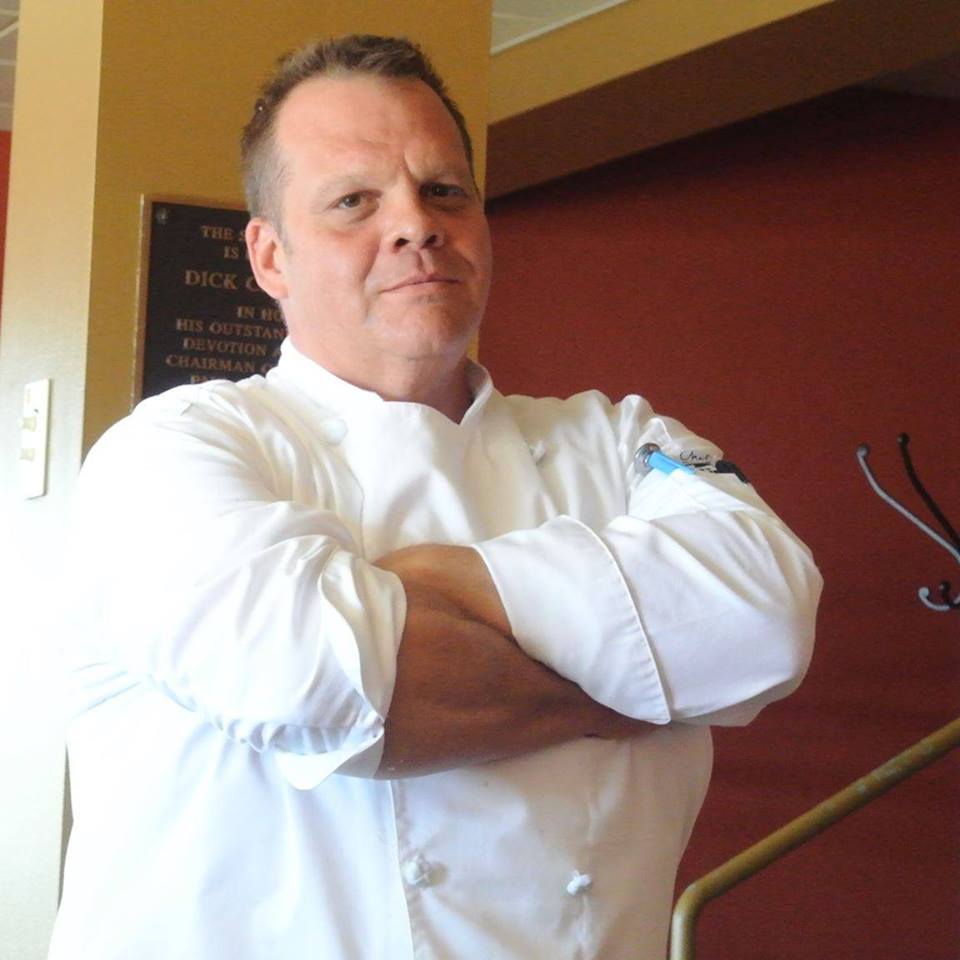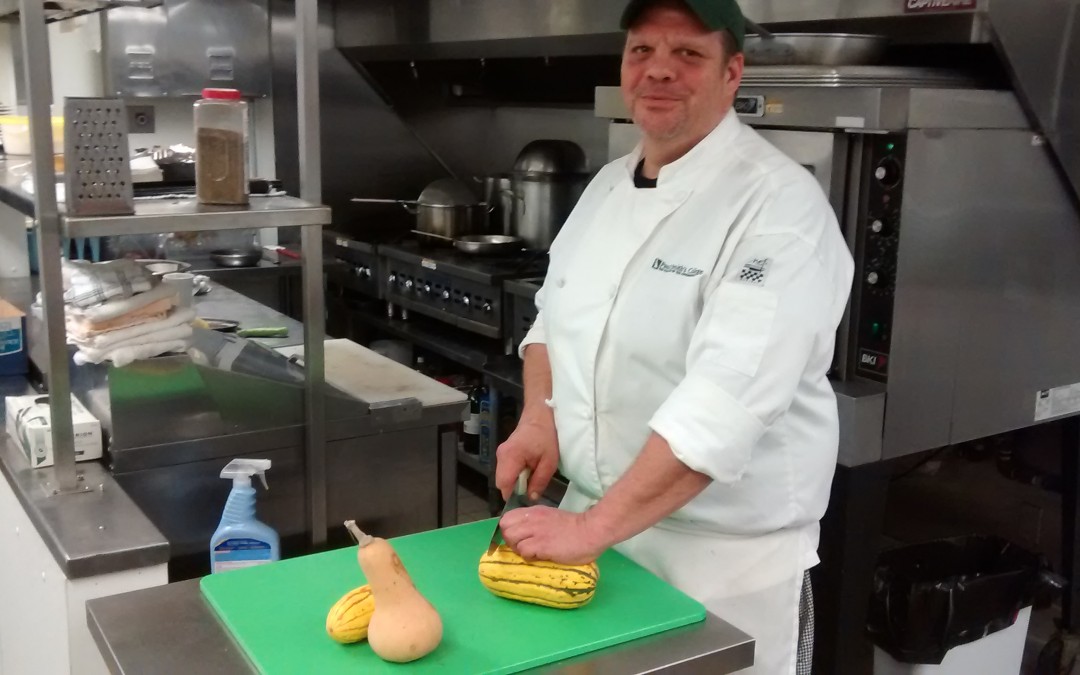It is pretty well known that the St Regis Cafe at Paul Smith’s College has been executing a farm to table theme, using local farms, dairies, wineries, and other local producers, in order to bring in the freshest sustainable, naturally, and responsibly produced products to our kitchen to prepare and serve to our guests. For the past two semesters, the students and staff at The St Regis have successfully created and executed menus using nearly 100 percent of local products. I was lucky enough to be a part of that program in my third semester at Paul Smith’s.
In recent years, more and more people all over the country are becoming aware of the importance of knowing where their food comes from, and how it is being produced. The farm to table movement has been taking off all across the country. People are increasingly aware of the importance of responsible and sustainable practices in the growing, producing, and distributing of foods that they and their loved ones consume. They understand that it’s not only beneficial because of the freshness and quality of the food, but it also benefits the environment, the community, and the local economy.
After finishing my semester working in The St. Regis Cafe with a wealth of new knowledge about responsibly and sustainably produced foods being farmed, raised, and crafted right here in the Adirondack region, I was offered, and I accepted, a job over the winter break in a historic inn that was reopening nearby my hometown. As it was explained to me – they were “looking for an extra set of hands in the kitchen to help cook during the holidays.” That sounded absolutely perfect, so I contacted the manager, and was hired on the spot, based on my chef’s recommendation.
When I arrived for my first day of work, I learned that their chef was going on vacation for New Year’s Eve, and that I would be working alone in the kitchen that weekend, including New Year’s Eve, when they had 50 reservations with beef prime rib featured for $45 a plate, along with their regular menu. Even I was a little bit surprised when I confidently accepted the task. I remember thinking that it was a good thing that I just got finished learning each station of the kitchen one at a time at the St. Regis, so that I would be prepared to do them all at once when I’m in the real world!
The first thing that I noticed as I looked around the kitchen was that a lot of the products looked very familiar. When I actually set up, and started working, I noticed that I was working with the exact same products, from all the same farms,that we had been using in the St Regis Cafe’s kitchen this past semester. I had not only worked with all of these products, but I had been on the farms where they were produced, and I had met the farmers who produced them. The fresh beets, and celeriac, the rainbow carrots, the fresh spinach, turnips, and squash – I knew all of these local products very well, and several different ways of preparing them. It really is amazing how quickly I was able to apply what I had just learned in college to a real life employment situation. I was very thankful for my recent experience with all of these local products as I prepared and served the entire menu to a full dining room of happy and satisfied guests on New Year’s Eve – this is something that I could not have done successfully without the experience, and confidence, that I had just gained by working in the St. Regis Cafe.
I was happy to find that I was working at a restaurant that was part of the movement to source, and use as much local and responsibly produced products as possible. There is an incredible number of small local farms, dairies, wineries, and breweries all over the Adirondack North Country. As these small producers are beginning to establish themselves, and become more efficient and experienced at producing high quality products consistently, and the region becomes known for producing these products, it is only natural that a local style of cuisine should begin to develop based on these fresh local quality products. In addition to being healthy for the overall local environment, the local farm and local food movement is giving our region a cultural, culinary identity. More and more restaurants in the region are basing their menus as much as possible around the foods that are being produced locally. For me, it’s an exciting time to be a cook in the North Country.

William Rock
Second year Culinary Arts student.
Lives in The Champlain Valley region of the Adirondacks.
Plans on writing books about food and cooking, and eventually opening an Inn or B & B in the Adirondacks, after graduating.



